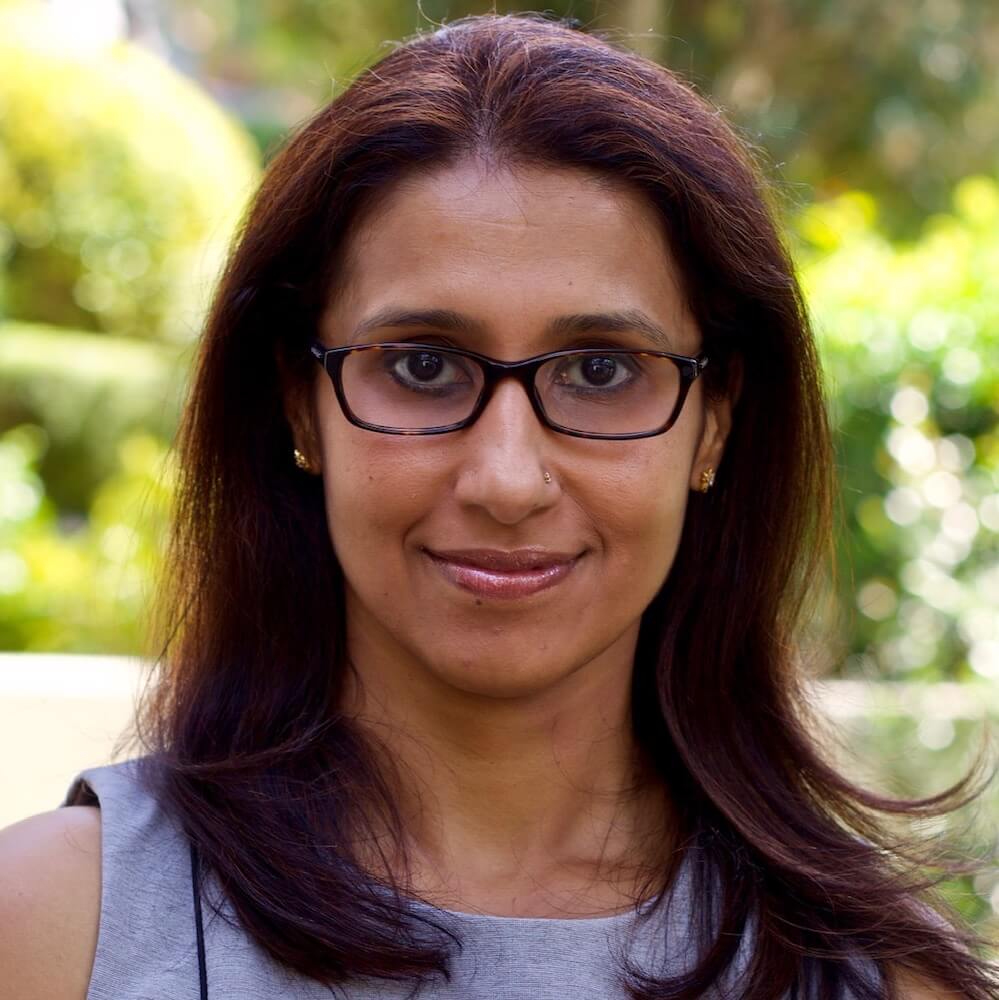Endometriosis and its Implications
Published 17th March 2021 | Dr Ujwala Parashar
Endometriosis is a crippling gynaecological condition affecting approximately 1 – in 10 Australian women. It is a progressive disease of the reproductive system which is often accompanied by chronic pain.
Different factors determine the stage of endometriosis including the location, size, number, and depth of the endometrial strays. There are four types: · Minimal · Mild · Moderate · Severe What is endometriosis It occurs when the “endometrium” (the tissue that lines the uterus) strays and grows in other parts of your body. This stray tissue is referred to as endometrial implants or lesions. Endometriosis may impact the ovaries, fallopian tubes, the lining of the pelvis, the cervix, vagina, vulva, ureters, the bladder, and the bowel. When the stray endometrial tissue moves into another area of the body, it continues to act as it would inside the uterus. It becomes thicker, breaks down and bleeds at each menstrual cycle. Because the stray tissue is unable to leave the body in the same way as normal menstrual blood, it remains in the pelvis. This commonly results in pain and inflammation of the surrounding organs. Due to the ongoing irritation and inflammation to the pelvic area from the stray tissue; scar tissue and adhesions can form which then bind the pelvic organs together. This prevents the organs from having normal movements that are needed for everyday functions such as ovulation, intercourse, and toileting. Abnormal bleeding, scar tissue, and adhesions from endometriosis can cause women severe pain, particularly when menstruating and can sometimes lead to fertility issues. What causes endometriosis We don’t know the exact causes of endometriosis, however there are some factors that may increase the risk of women developing this condition. These include: · You have a greater risk of endometriosis if your mother or your sister has it · You started your menstrual cycle at an early age (before 11 years old) · Menopause at an older age (55 or older) · Having frequent or shorter period cycles (less than 27 days) · Heavy menstrual periods that last longer (more than 7 days) · If you haven’t had a baby · Low body weight · Higher levels of oestrogen What are the symptoms of endometriosis? Symptoms for endometriosis can vary as they are dependent upon where the stray endometrial tissue is located, and while some women have severe symptoms; others have no symptoms. However, as the condition is progressive, symptoms can worsen over time. Even though pain is a symptom of endometriosis, it doesn’t indicate the severity of the condition. You may have mild endometriosis and severe pain or you may extensive endometriosis with little or no pain or no symptoms. In some cases, women only learn they have endometriosis when they trying to fall pregnant. Symptoms can include: · Painful periods · Experiencing pain during or around ovulation · Experiencing pain during or after intercourse · Irregular or heavy bleeding · Pain during urination or bowel movements · Pain in the pelvic region, the lower back, or the legs · Nausea · Fatigue · Constipation · Diarrhoea · Infertility Can endometriosis affect your fertility? Although many women who have endometriosis become pregnant without specialist intervention, approximately 30% of women who have endometriosis will have difficulty becoming pregnant and will need medical assistance. Although the exact causes are not fully known, we believe the reasons affecting fertility are related to: · The tubes and ovaries being scarred · Problems with egg quality · Problems with embryo travelling down the fallopian tube · Problems with the embryo implanting in the uterus wall as result of damage from the endometriosis · Changes to the pelvic organs from adhesions and scarred tissue and blockage of the fallopian tubes How do we diagnose endometriosis? For some women, Dr Parashar will be able to diagnose endometriosis through obtaining your medical history, through a medical examination where she is able to feel the tissues that are affected, through an ultrasound or an MRI that identifies an endometriosis cyst, or in rare instances if the endometriosis has grown through the vagina. In some cases, Dr Parashar will need to perform a laparoscopy to diagnose if you have endometriosis. A laparoscopy is a minimally invasive surgical procedure performed under general anaesthetic in which a tiny camera is inserted into your umbilicus (belly button). This allows Dr Parashar to see inside your abdomen to assess your organs and determine the level of your endometriosis. During this procedure, she will take a biopsy of any suspected diseased tissue and a pathologist can then confirm the diagnosis Can endometriosis be cured or treated? Currently there is no cure for endometriosis. Symptoms do usually improve after menopause and there are now a number of effective treatment options available for the management of pain and fertility problems. These include: · Medications · Hormone therapy · Surgery Early detection, diagnosis and intervention is key for endometriosis management If you think you have endometriosis, please call, and arrange for a consultation with Dr Parashar. She will be able to fully diagnosis if you have this condition and provide you with information on the most suitable treatment options available to meet your individual needs.
Dr Ujwala Parashar, Obstetrician & Gynaecologist
Dr Ujwala Parashar is a highly trained female obstetrician and gynaecologist with over 15 years of professional experience and training, practicing in Sydney's North Shore and Barangaroo. If you would like more information on conception, or if you are seeking obstetric options and advice, please contact us or call 1300 811 827 to arrange a consultation with her.

